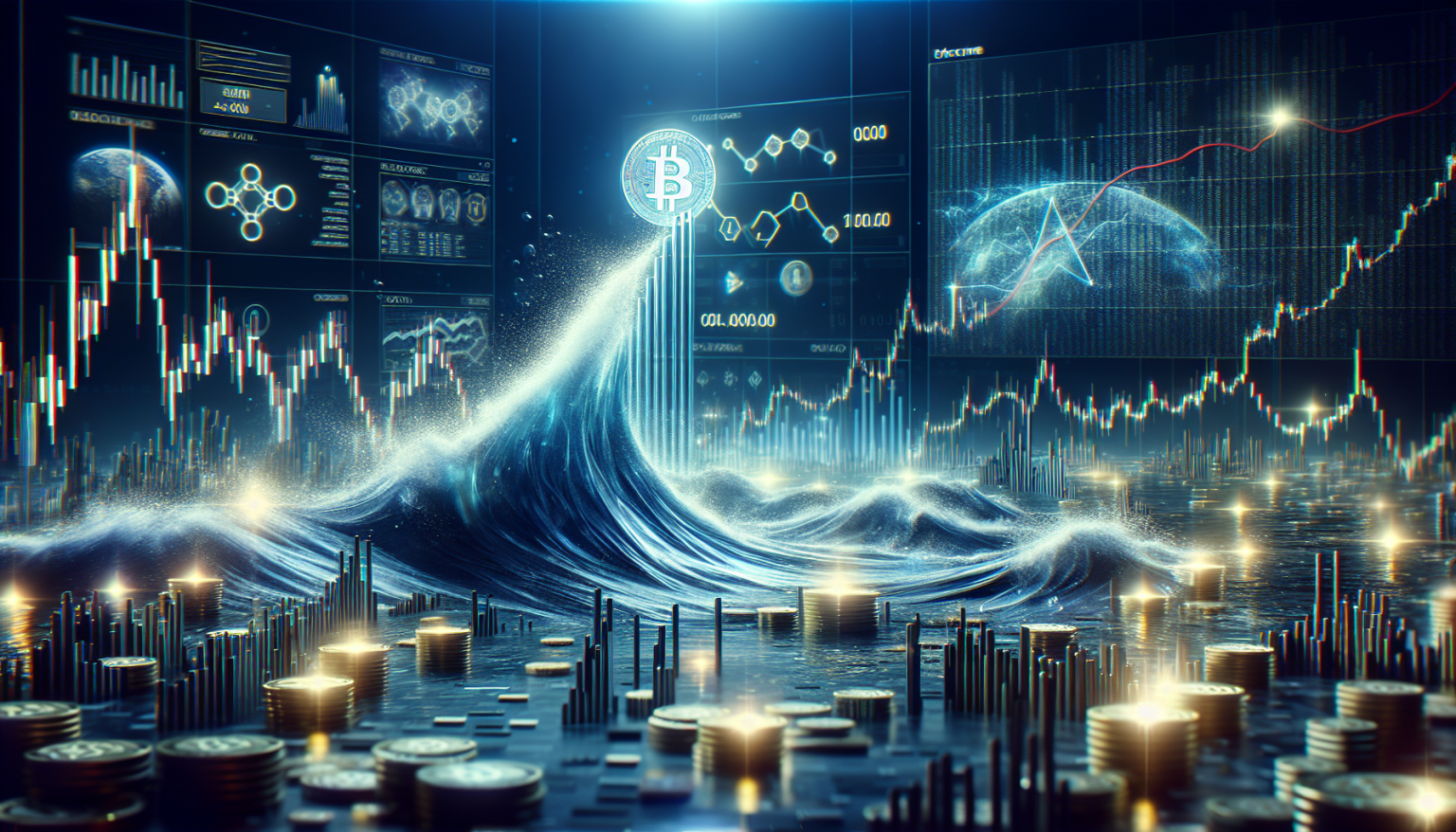The cryptocurrency market has experienced a remarkable surge in token buybacks, with projects investing over $1.4 billion to repurchase their own tokens in 2025. This trend has become a pivotal aspect of tokenomics strategies for many leading projects, reshaping the landscape of crypto economics. Among these, Hyperliquid, a decentralized perpetual exchange protocol, has emerged as a significant player, committing a staggering $645 million to its buyback program, which constitutes nearly half of the total buyback spending this year.
Hyperliquid’s substantial investment in buybacks highlights its confidence in long-term prospects and its intention to enhance the scarcity and perceived value of its token. This approach underscores a growing recognition of the importance of token scarcity in the crypto space. By investing heavily in buybacks, Hyperliquid aims to bolster investor confidence and demonstrate its commitment to supporting the token’s value over time.
Following in Hyperliquid’s footsteps, other notable participants in the buyback trend include LayerZero and Pump.fun. LayerZero has allocated $150 million for a one-time repurchase of its ZRO token, a strategic move that signifies its ambitions in the market. Meanwhile, Pump.fun has dedicated $138 million to repurchase its PUMP tokens since July, aligning with the broader trend where established projects leverage buybacks to stabilize or increase token values and attract new users.
The involvement of leading projects in buyback activities illustrates a growing reliance on this strategy as a means to maintain price stability and foster long-term growth. As more projects engage in similar repurchase initiatives, the momentum of the buyback trend is likely to persist throughout the remainder of 2025.
Since mid-2025, the frequency and scale of token buybacks have been on a notable rise. July alone saw an impressive 85% increase in buyback spending month-over-month, a trend that has continued into the latter half of the year. The average monthly buyback expenditure now stands at approximately $145.9 million, a significant increase from the earlier part of the year, when monthly buybacks averaged just $99.3 million.
Recent data indicates that September marked a substantial spike in buyback activities; however, much of this surge was driven by LayerZero’s one-off repurchase announcement. Excluding this notable event, the month’s buyback total reached $168.45 million, showcasing a healthy appetite for token repurchases within the market.
The uptick in buyback activity can largely be attributed to improving project profitability and a market mentality that increasingly favors scarcity models. Projects typically implement buybacks to signal financial health and a commitment to long-term value creation. By reducing the circulating supply of tokens, they enhance scarcity, which can lead to price appreciation and increased demand.
This trend also reflects a maturation of governance structures within decentralized projects. With more robust governance frameworks, projects are now better positioned to make strategic decisions regarding resource allocation for buybacks. This evolving approach to tokenomics focuses on fostering sustainable value for both projects and their investors.
As 2025 progresses, it is anticipated that more cryptocurrency projects will take inspiration from Hyperliquid, LayerZero, and Pump.fun, further contributing to the ongoing wave of token buybacks in the market.

